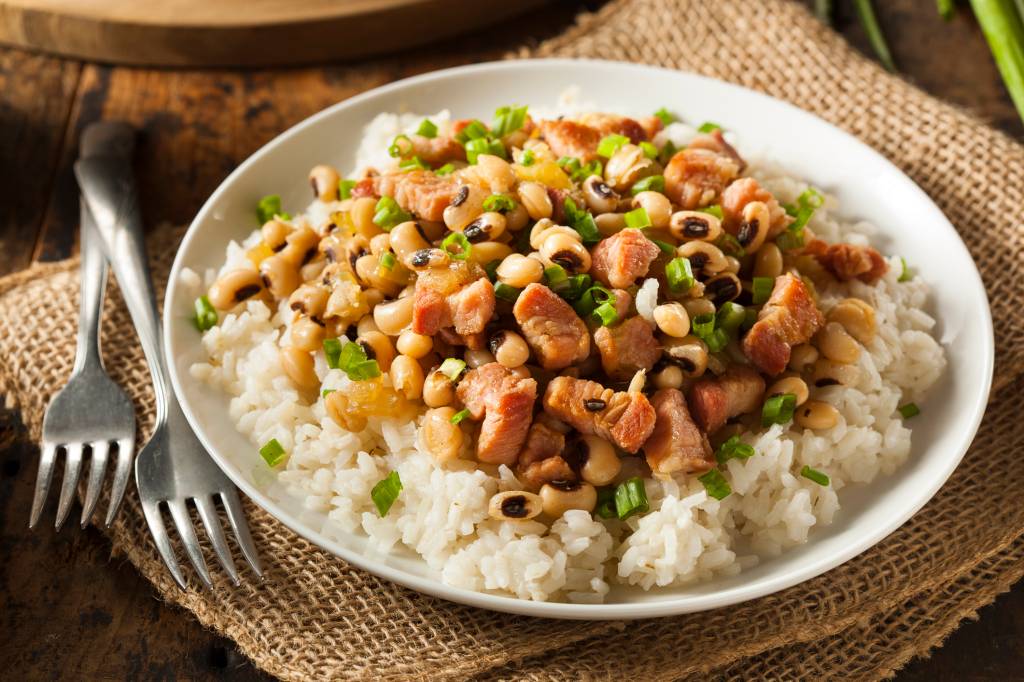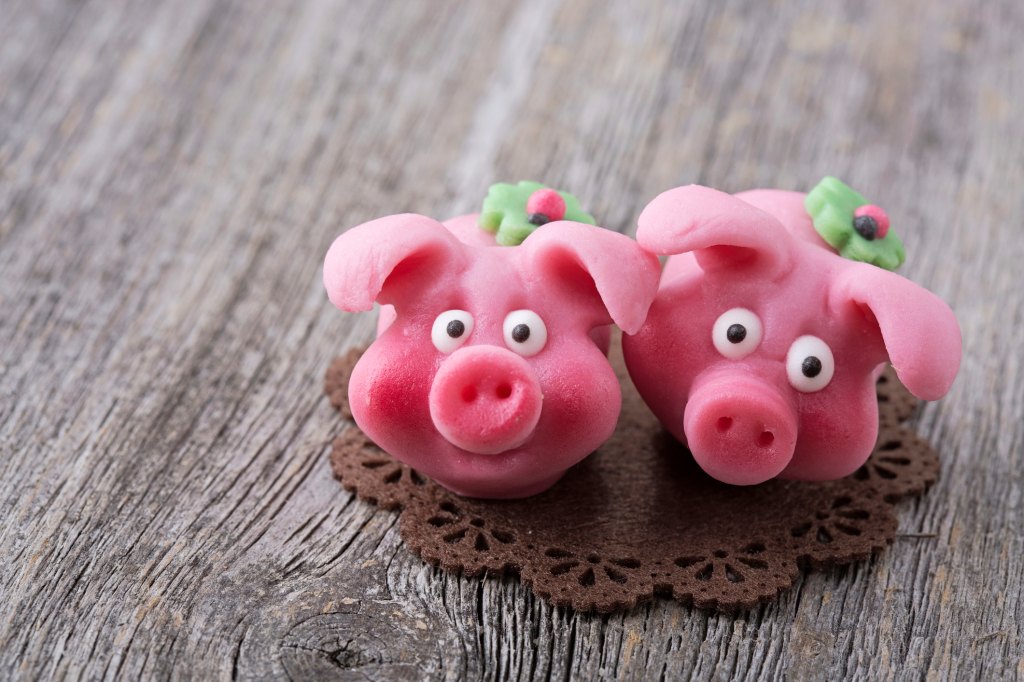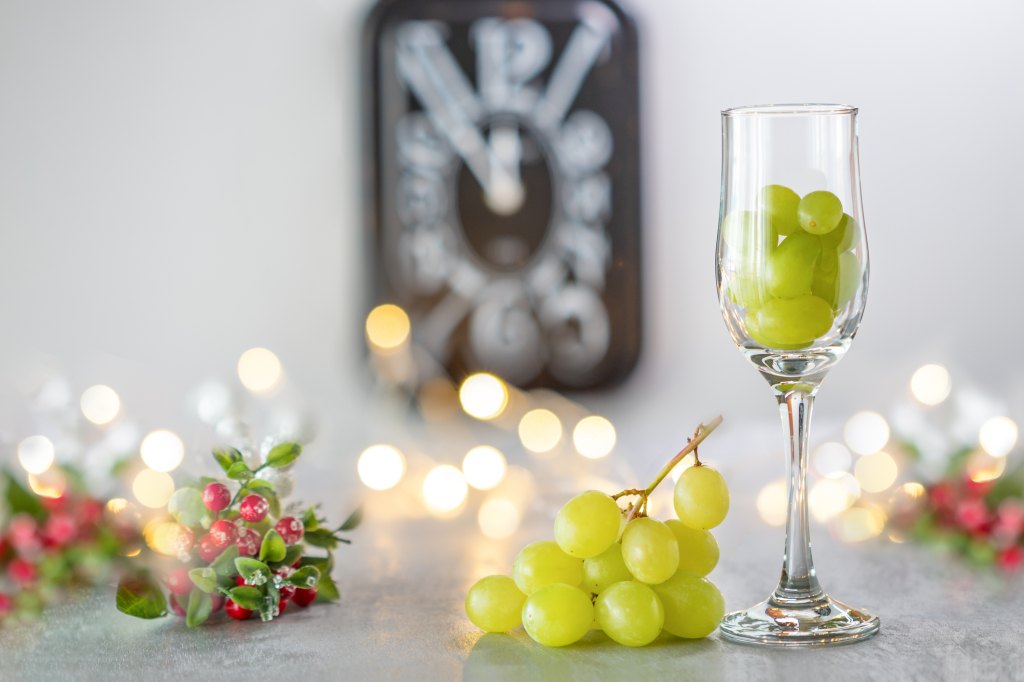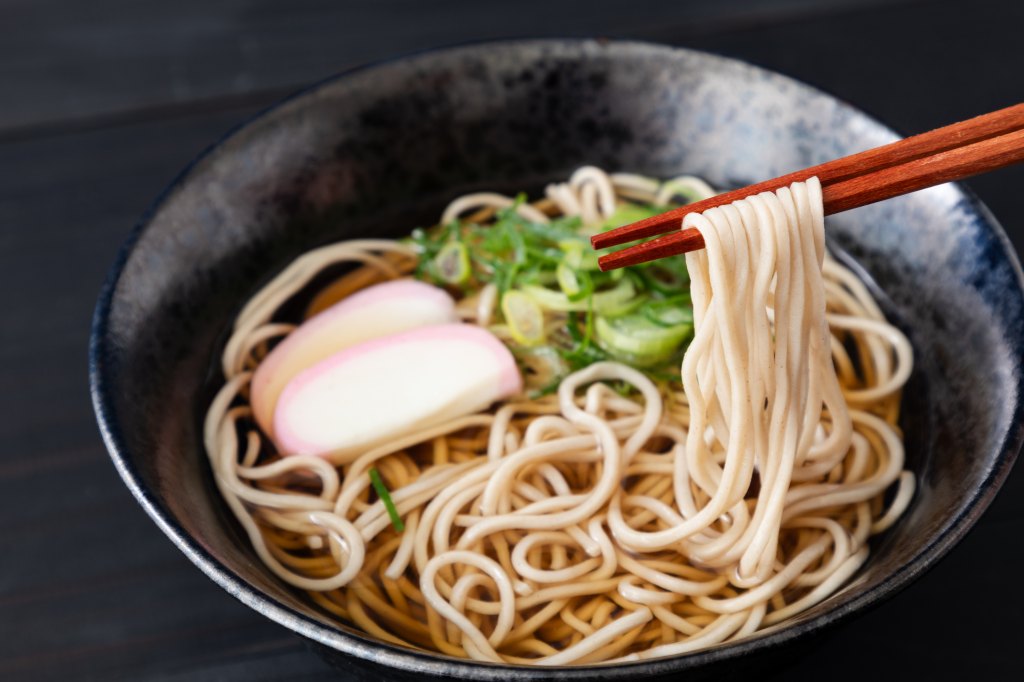The onset of a new year forces us to look back and forward at the same time: What did I learn this year? How did I grow? What do I want to change for the future? Introspection and setting intentions are important for establishing goals. But according to some global food traditions, what you eat (and what you don’t eat) are just as important for ensuring your new year is a successful one. So, before you plan your menu for your New Year’s Eve party, check out these lucky new year’s food traditions from around the world—they might just bring some good fortune into your 2025.
Foods associated with bad luck for the New Year
Food superstitions aren’t just about what you need to eat more of for good luck. Some foods, while delicious, can jeopardize upcoming new year’s fortune. For example, eastern European cultures believe that you shouldn’t eat lobster on New Year’s Day because when lobsters walk, they move backward, and not forward, which is opposite to the kind of forward progress you want to make in the new year. Luckily, lobster isn’t typically an everyday staple, so it should be easy to avoid for a day. Chicken, however, might be a little more difficult. The origin of this superstition is unclear, but according to The Smithsonian Magazine, poultry birds like turkeys and chickens scratch backward in the dirt when searching for food, which signifies bad luck and struggles in the new year if you eat it on New Year’s Day.
5 New Year’s food traditions from around the globe
1. United States

Black-eyed peas, pork, collard greens, rice, and corn bread—sometimes referred to as Hoppin’ John when served together—are a southern staple on New Year’s Day. This dish has roots in the Civil War era and is thought to bring peace and luck to those who eat it. The Old Farmer’s Almanac claims that the ingredients promote good fortune. Black-eyed peas represent coins; collard greens, dollars; corn bread, gold. Other optional add-ons, like tomatoes, represent health, and sometimes, a coin is thrown into the dish—whoever finds it will be rich in the new year. Adding pork is also extra good luck (and extra good flavor). Pigs are considered beneficial because they represent progress: They move forward when rooting for food, says The Smithsonian Magazine.
2. Italy

Americans aren’t the only ones that think pork is good luck. Italians eat cotechino con lenticchie, a dish of pork sausage and lentils, as their first meal of the new year, sometimes at the stroke of midnight, according to Italian food blog Mangia Magna. Again, pigs are thought to be good luck because they represent forward motion, and lentils are shaped like Roman coins, which signify wealth in the new year. Another new year’s food tradition in Italy involves eating cappelletti, a filled pasta similar to tortellini, in broth. Since the pasta shape resembles a cap, Italians eat it to “cap off” the old year before heading into the new one.
3. Germany

Hopefully you aren’t tired of pigs just yet, because Germany thinks they’re pretty lucky too. But this time, there’s no pork involved: Glücksschwein are pig-shaped confections made of marzipan. Pigs are a symbol of good luck in Germany, like a rabbit’s food or four-leafed clovers in other cultures; according to travel blog German Girl in America, “Ich schwein gehabt” is a German saying that means “I had a pig,” which turned into slang for “I’m lucky.” In the Middle Ages, if you had a pig, that meant you could eat well for a long time. Nibbling on this cute and sweet treat won’t stave off hunger—but it could still bring you prosperity.
4. Spain

While for us, grapes are traditionally consumed in the form of champagne on New Year’s Eve, Spaniards incorporate grapes into the holiday in an another way. CNN Travel notes that on New Year’s Eve in Madrid, people gather in the famous public square, Puerta del Sol, and count down the last moments of the year with the tolling bell of the square’s clock tower. Once midnight hits, the clock chimes 12 times, and you are to eat one grape at each chime (12 in total, one for each month of the year) if you want good luck. After you’ve eaten your grapes and washed them down with champagne, the party begins with fireworks and confetti. So if you don’t feel like cooking any lucky dishes for New Year’s, all you really have to do is pick up some grapes, and you’re good to go.
5. Japan

On New Year’s Eve in Japan, you might want something warm and comforting for lunch to battle off the late-December chill. The best thing to eat is toshikoshi soba, a traditional noodle dish that symbolizes the ending of one year and the beginning of a new one. The long, buckwheat soba noodles signify crossing from one to the next, and since the noodles are soft and easily cut, they symbolize cutting off regrets of the old year. Japanese food blog Okonomi Kitchen notes that the noodles are usually served in a hot dashi (a savory broth often made from seaweed and bonito flakes or dried fermented tuna) and scallions, but you can add certain toppings for added felicity. Grated daikon radish symbolizes the removal of evil spirits; shrimp represents a long life because, like your back as you age, it bends at the waist; and fried tofu signifies good business.
Whether your New Year’s plans involve getting glammed up to celebrate with friends and family or ringing in 2025 in your living room wearing pajamas, we hope your night is filled with peace and joy. Grab some something pig-related, some sparkling wine, or any food and drink that represents good tidings from your perspective, and this next year is bound to be a charmed one.




